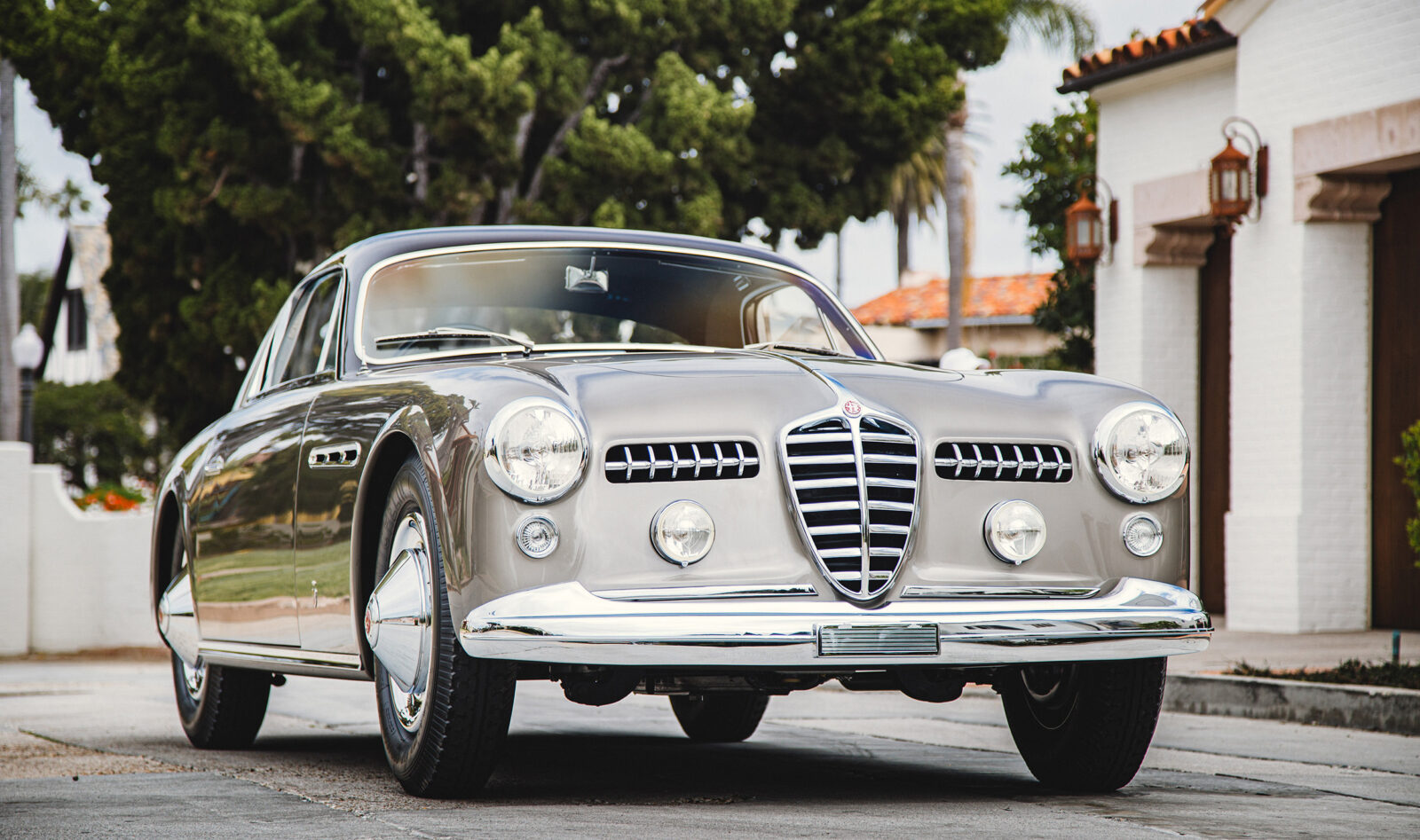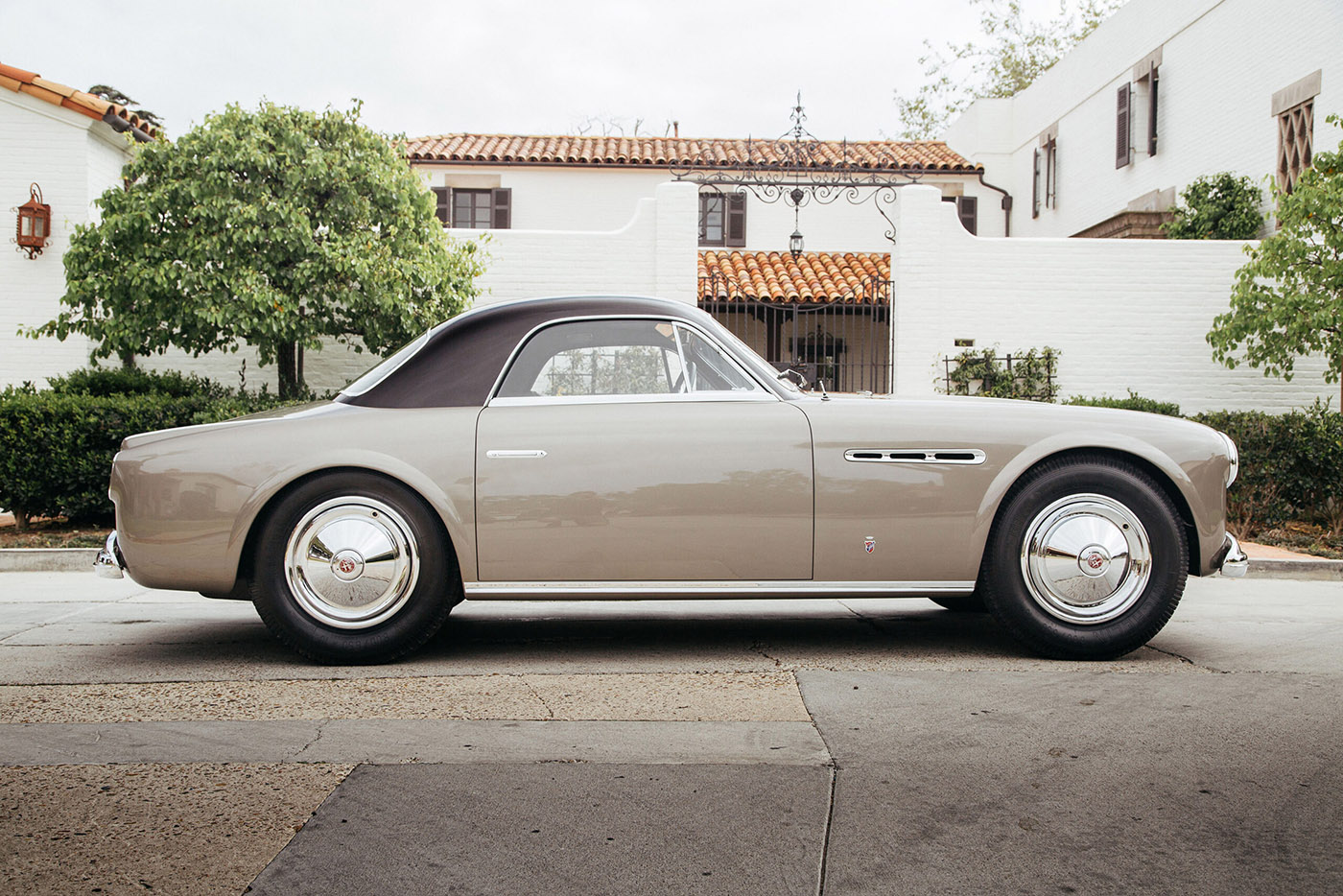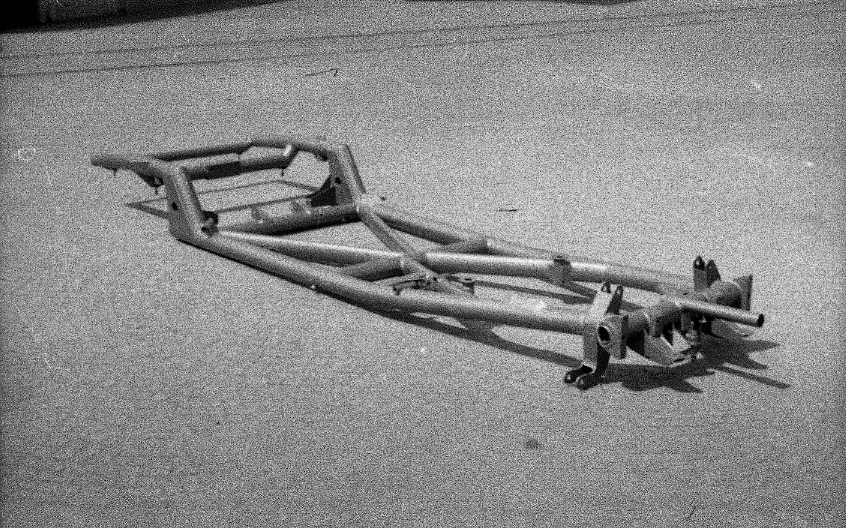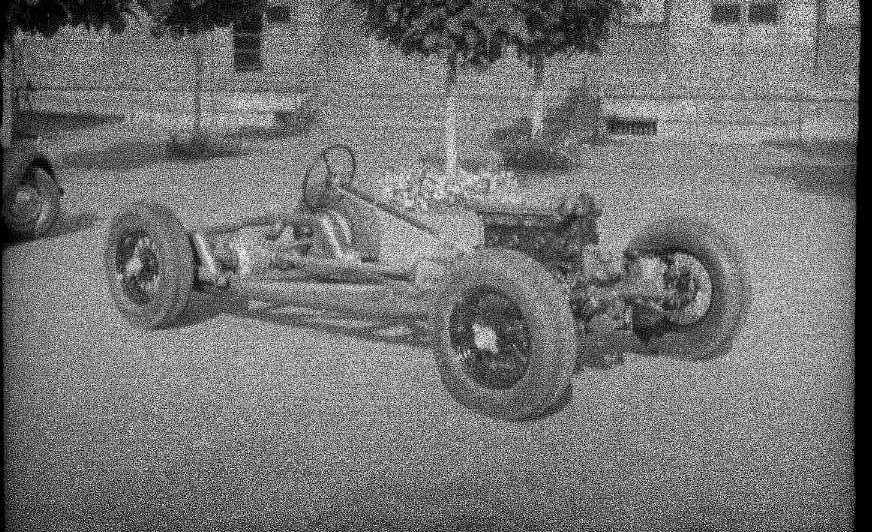Alfa Romeo 6C 2500 SS Ghia Supergioiello, the one with Gilco chassis

That’s the most exclusive Alfa Romeo 6C 2500 SS Supergioiello, the only one in Ghia bodywork with chassis by Gilberto Colombo
There are totally four Alfa Romeo 6C 2500 SS produced with Ghia Supergioiello bodywork, but while the other three were built on standard prewar Alfa Romeo chassis, this wonderful one-off, dated 1951, was ordered by Sirca, the company that represented Ghia in Lombardy, with the request to have the chassis made by the famous Milanese designer Gilberto Colombo (Gilco), who was already signing the souls of Ferrari racing cars at the time.
Presented on Villa d’Este stage. Little is known about the model until 1959, when it was registered in the United Kingdom on August 7. In 1961, after several changes of hands, it appeared on sale in a newspaper. It then remained in the same family from 1971 to 1995 before being purchased in Austria, where it was thoroughly restored. Two years later it landed on the stage of the Concorso d’Eleganza di Villa d’Este, in Cernobbio, where she returned in 2007 after taking up residence in California, gaining a second place overall and class victory.

At the court of Henry VIII. Last September, the 6C 2500 SS Ghia Supergioiello with Gilco frame returned to ride the scenes of the most important international Concours d’Elegance contests, this time in the ultra blazoned spotlight of the Concours of Elegance. Sponsored by His Royal Highness Prince Michael of Kent, the contest takes place in the historic gardens of Hampton Court Palace, King Henry VIII’s palace south of London, and features some seventy dizzying rarities every year. The parterre is never a contestant’s parterre, but always a winner, as all participants are victorious just by being invited.

Refined mechanics. The Supergioiello have a unique design formula for the front, where even the grille is different from any other 6C 2500 SS. The air intakes on the hood are thin, while the sides, with their sharp wheel arches, are embellished with triple door holes and recessed handles. The water-cooled, in-line 6-cylinder, dry-sumped engine, which already had a respectable sporting history before the Second World War, was also partly used for Alfa Romeo military vehicles. It later propelled several 6C 2500s along the Mille Miglia and the Targa Florio, which was won in 1950 by Franco and Mario Bornigia on a model in the series. One of the main technical specifications of the Super Sport version is the transmission featuring two shafts rotating on four supports in the head (two overhead valves per cylinder), three horizontal single-body carburettors, independent front and rear suspensions.


The birth of a queen. On the eve of the World War Alfa Romeo already had a large number of glorious racing cars to its credit, the House’s visceral passion. They weren’t only supposed to be powerful, however: the fascist regime wanted them to be beautiful as well, imposing, parade cars too. All the more so because Alfa was a state company. And so the most performing chassis and engine configurations were combined with wonderful bodies in masterpieces such as the 6C 2500 saloon, from which the coupés were derived. Put on sale since 1939, the sedan was an evolution of the 6C 2300 B with an enlarged displacement (2443cc) and better power supply. The price, even to say the least, was sumptuous too, a prerogative for the most exclusive pockets.
© UNAUTHORIZED REPRODUCTION FORBIDDEN
